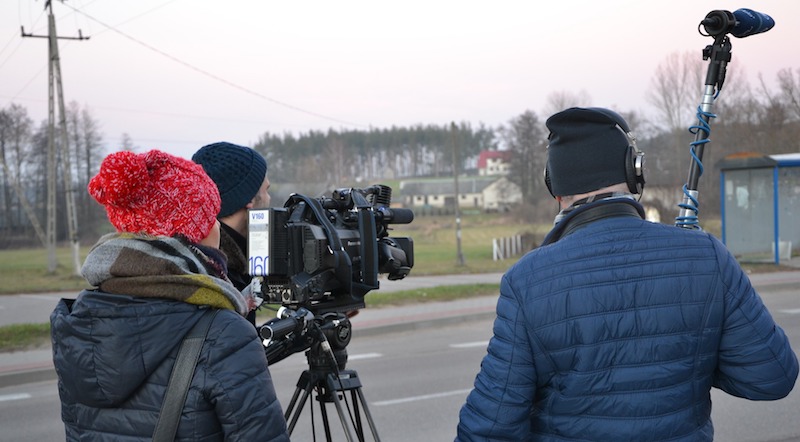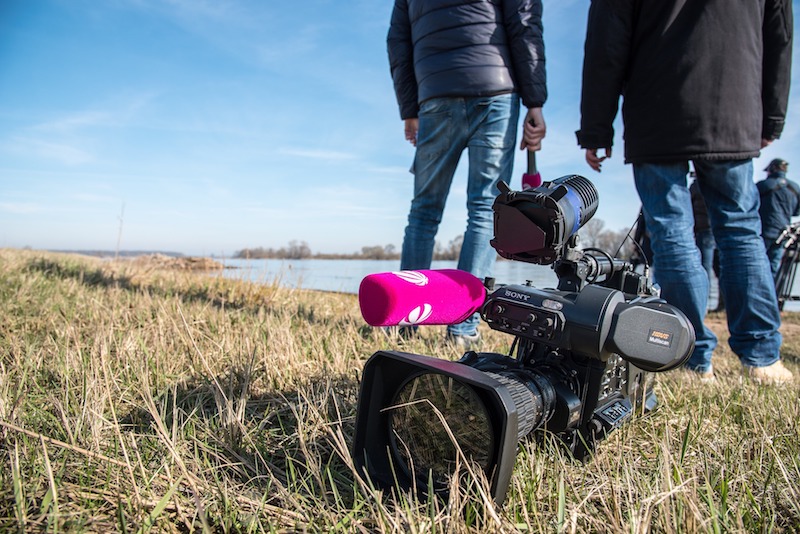As a freelance health and science writer living in rural Ontario, Canada, I often feel like I live in a “professional bubble.” I work entirely virtually, cut off from other journalists, editors, and even the scientists and doctors that I interview for stories. It turns out that when it comes to bubbles, I am not alone.
In a new study published June 30 in the journal Social Media + Society, researchers analyzed the Twitter posts of credentialed Congressional journalists covering the Washington, D.C., beat, and found that they formed nine clusters, or “media bubbles.”
While this may sound like the journalists are interacting in ways that support the work they do, the authors of the paper found the groupings to be insular and problematic, in a way that may detract from the journalists’ role in stimulating public discussions of political topics.
Journalists grouped into nine clusters, many insular
In the study, the researchers analyzed over 133,000 tweets from over 2,000 journalists listed in the U.S. Congressional directory. The Twitter posts were from a two-month timeframe in 2018, and included only conversations among Beltway journalists (including tweets, retweets, and replies).
They used social network analysis to identify relationships between the journalists based on their Twitter posts. Using this information, they arranged the Beltway journalists into nine major clusters, including:
- “Elite/legacy” cluster. This was the largest cluster and included many of the legacy news outlets, such as The Washington Post, NPR, The New York Times, and NBC News. Many Politico reporters were also included in this cluster, but in smaller numbers. The analysis suggests that journalists included in this cluster tend to cover mainly general interest political news. This cluster was highly “insular,” with over 68 percent of the Twitter posts directed at other members of the cluster.
- Congressional journalism cluster. This was the second-largest cluster and included journalists from Bloomberg, Politico, the AP, The Wall Street Journal, CQ/Roll Call, and C-SPAN. Reporters in this cluster tended to cover what was happening in Congress, with many Twitter posts focused on pharmaceutical companies, biotech companies, the Food and Drug Administration, the opioid crisis, and the Centers for Disease Control and Prevention. Over 56 percent of the Twitter posts were directed at other members of the cluster.
- CNN cluster. Over half of the journalists in this cluster worked for CNN, with many of the top mentions being CNN Twitter accounts. The researchers suggest this may represent an intentional branding strategy by CNN. Also high up in the mentions for this cluster was the White House press secretary’s Twitter account, which the authors write is “perhaps indicative of CNN’s highly public ‘battle’ with the Trump White House.” Almost 58 percent of the Twitter posts were directed at other members of this cluster.
The other clusters included a television (producer) cluster, long-form/enterprise reporters, local political news outlets, and regulatory, foreign affairs and social issues journalists.

Twitter posts of journalists show limited interactions
One reason the researchers chose to analyze journalists’ Twitter posts is because it is a lot easier to do a social network analysis that way than by asking each journalist about the journalists they interact with. Twitter also offered a surprisingly accurate view of the interactions among Beltway journalists.
“Most of the time, what happens on Twitter does not reflect the real world. But in the case of political journalism and political elites, generally speaking, what happens on Twitter is reality,” said study co-author and Illinois journalism professor Nikki Usher, PhD, in a news release about the study.
Other research has shown that journalists use Twitter for developing story ideas, promoting their own careers, and even joking around. In fact, because so many journalists use Twitter, their posts give a glimpse into their professional and social interactions with each other, as well as with the subjects they cover.
But the authors of the new paper write that political journalists are interacting “within even smaller communities of like-minded journalists” — basically, with other journalists and people who already share their own point of view. The authors are concerned that the highly insular nature of some of these clusters could negatively impact public discourse about topics covered by these journalists.
“Political journalists in D.C. are people who use Twitter all day. And so the question is what does that do to how they think about the world,” said Usher in the release. “And generally, from this paper and a previous one I did on gender and Beltway journalism, it seems to me that it can make things worse.”


